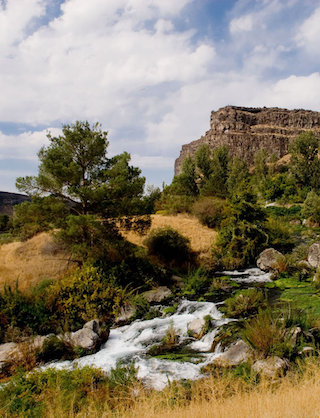Course Description
Environmentalists have traditionally relied upon the power of their prose to transform the thoughts and behavior of their contemporaries. In 1963, Rachel Carson, a marine biologist with a penchant for writing, described a world without wildlife in Silent Spring and altered the way Americans understood their impact on …
Environmentalists have traditionally relied upon the power of their prose to transform the thoughts and behavior of their contemporaries. In 1963, Rachel Carson, a marine biologist with a penchant for writing, described a world without wildlife in Silent Spring and altered the way Americans understood their impact on the landscape. Like other writers we will encounter this semester, Carson realized that she could alter the perceptions of her contemporaries only if she was able to transmit her knowledge in engaging and accessible language. We will do our best to follow in her footsteps.
Course Info
Learning Resource Types
assignment
Written Assignments
Readings
Editable Files

Students learn to communicate about issues on the environment, such as how human actions impact groundwater and rainfall runoff. (Courtesy of Danny Hart, U.S. EPA via iip-photo-archive on Flickr. Image is in the public domain.)








